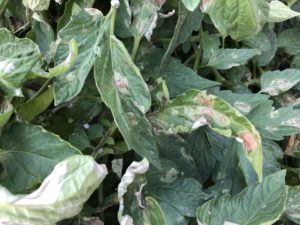
Late Blight on Tomato Confirmed in Buncombe County, 7-17-20
Late blight on tomato was confirmed in Buncombe County on July 17, 2010, and confirmed by microscopic observation of …


El inglés es el idioma de control de esta página. En la medida en que haya algún conflicto entre la traducción al inglés y la traducción, el inglés prevalece.
Al hacer clic en el enlace de traducción se activa un servicio de traducción gratuito para convertir la página al español. Al igual que con cualquier traducción por Internet, la conversión no es sensible al contexto y puede que no traduzca el texto en su significado original. NC State Extension no garantiza la exactitud del texto traducido. Por favor, tenga en cuenta que algunas aplicaciones y/o servicios pueden no funcionar como se espera cuando se traducen.
Inglês é o idioma de controle desta página. Na medida que haja algum conflito entre o texto original em Inglês e a tradução, o Inglês prevalece.
Ao clicar no link de tradução, um serviço gratuito de tradução será ativado para converter a página para o Português. Como em qualquer tradução pela internet, a conversão não é sensivel ao contexto e pode não ocorrer a tradução para o significado orginal. O serviço de Extensão da Carolina do Norte (NC State Extension) não garante a exatidão do texto traduzido. Por favor, observe que algumas funções ou serviços podem não funcionar como esperado após a tradução.
English is the controlling language of this page. To the extent there is any conflict between the English text and the translation, English controls.
Clicking on the translation link activates a free translation service to convert the page to Spanish. As with any Internet translation, the conversion is not context-sensitive and may not translate the text to its original meaning. NC State Extension does not guarantee the accuracy of the translated text. Please note that some applications and/or services may not function as expected when translated.
Collapse ▲
Late blight on tomato was confirmed in Buncombe County on July 17, 2010, and confirmed by microscopic observation of …

The emerald ash borer, a beautiful but extremely destructive, exotic insect pest, has now been detected in North Carolina. …
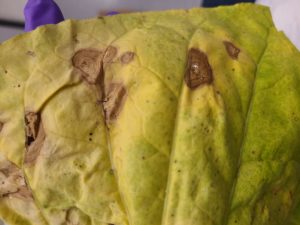
Persistent wet weather conditions continue to cause issues for tobacco diseases across the state. In particular, target spot, caused …

Overall direct insect pest populations remain relatively low throughout the region, while populations of key secondary pests such as …

For the most part insect activity is relatively low throughout the western region, including the piedmont and mountain production …

Throughout most of the higher elevation orchards (≥2000 ft), we are still in that period of the low potential …

We are currently in a lull of direct pest activity throughout the western apple region. Codling moth degree-day (DD) …
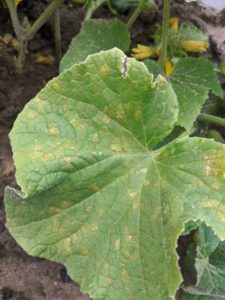
Written by Lina Quesada-Ocampo and Brandon Parker Cucumber downy mildew, caused by the oomycete pathogen Pseudoperonospora cubensis, has been found …

Codling Moth Cumulative degree days (DD) for codling moth in Henderson County are about 690 as of today (June 16). …
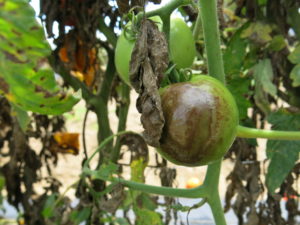
With the current temperatures in the 60’s and 70’s and cloudy skies, conditions are conducive for late blight to …

Last year around this time, we had a stretch of very hot & dry weather that triggered a “millipede …

Codling Moth At lower elevations, less than about 1200 ft, cumulative codling moth degree days (DD) now exceed 1000, indicating …

This week I have seen a couple species of lace bugs active on landscape plants. Yes, there are over …

Codling Moth Codling moth degree-day (DD) accumulations range from 420 in Henderson County to about 750 in the Lincoln/Cleveland County …

For the past several weeks I have noticed damage to the leaves of my roses. Each year this happens and …

This announcement was updated Thursday, December 3rd, 2020 from the previous versions The NC State Plant Disease and Insect Clinic …

False oleander scale, Pseudaulacaspis cockerelli, is a tropical and subtropical pest originally from China. False oleander scale is common throughout …

Imported willow leaf beetle (Plagiodera versicolor) are common on willows in landscapes and natural areas. Most of year adults and …

Crape myrtles are among the most commonly planted trees in the Southeast. The two main pests are crape myrtle …
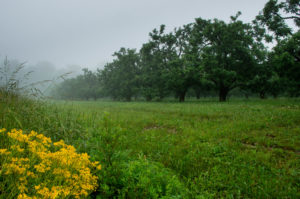
Codling moth remains the insect of greatest concern throughout the region, with degree-day accumulations since biofix ranging from about …
This factsheet describes the biology of the cane lace bug or bamboo lace bug, Leptodictya …

This factsheet describes the biology of the banded sphinx moth or lesser vine sphinx, Eumorpha …

This factsheet describes the biology of the elm-grass root aphid, Tetraneura ulmi, and provides residential …

Gummy stem blight is caused by several closely related fungal pathogens in the genus Stagonosporopsis …
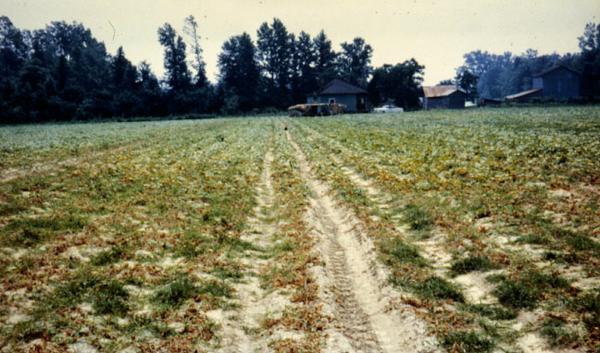
This vegetable pathology factsheet describes the identification and treatment of anthracnose in cucurbits.
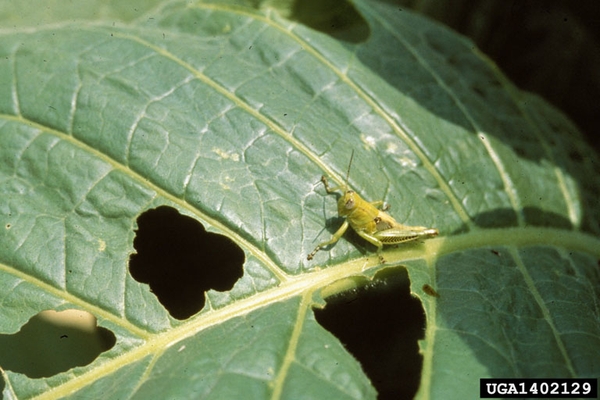
Several species of grasshoppers can cause foliar feeding damage in tobacco. They are typically most …

This Extension publication provides an overview of the tobacco budworm (Chloridea virescens), a common pest …

This factsheet summarizes the characteristics of bees and addresses how to control them as an …